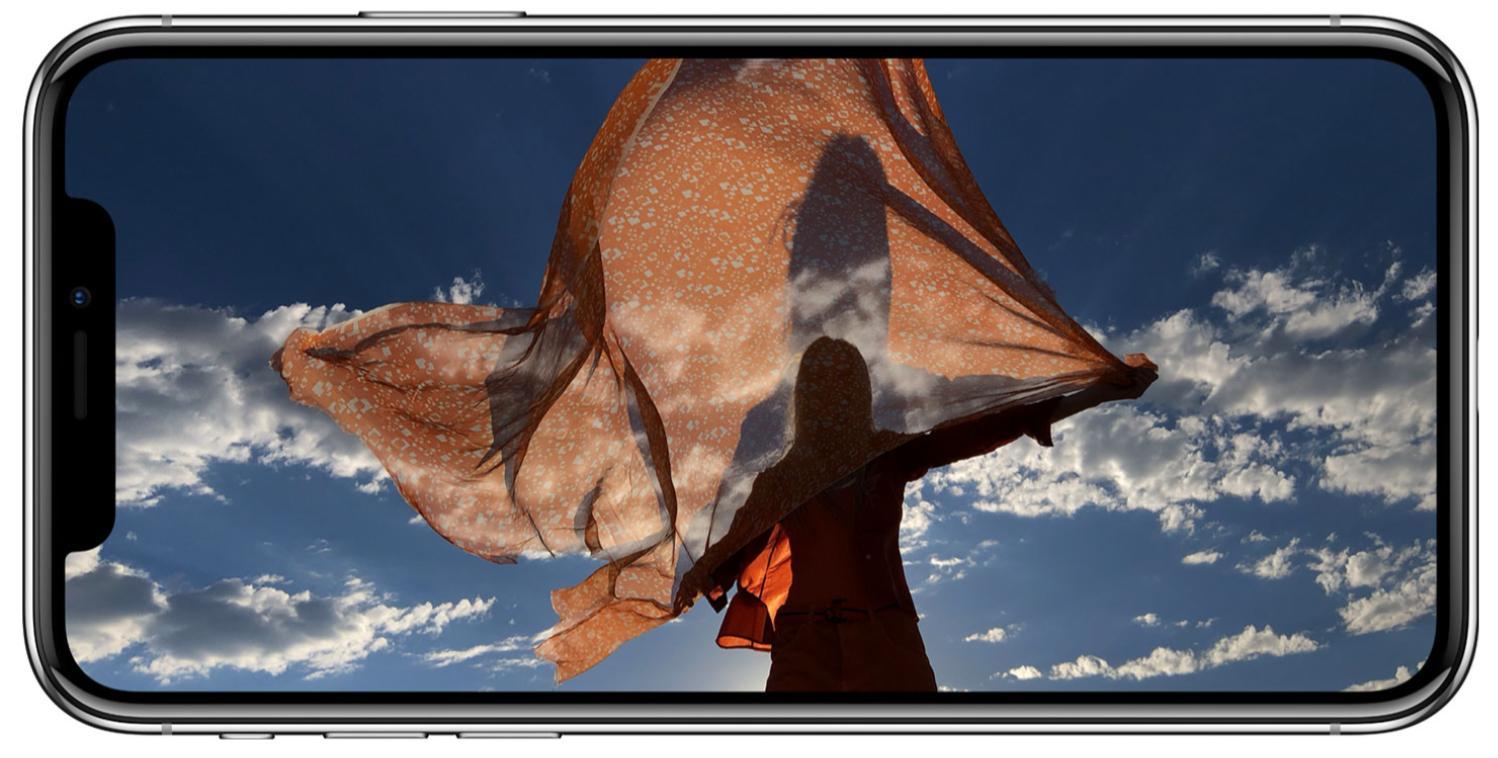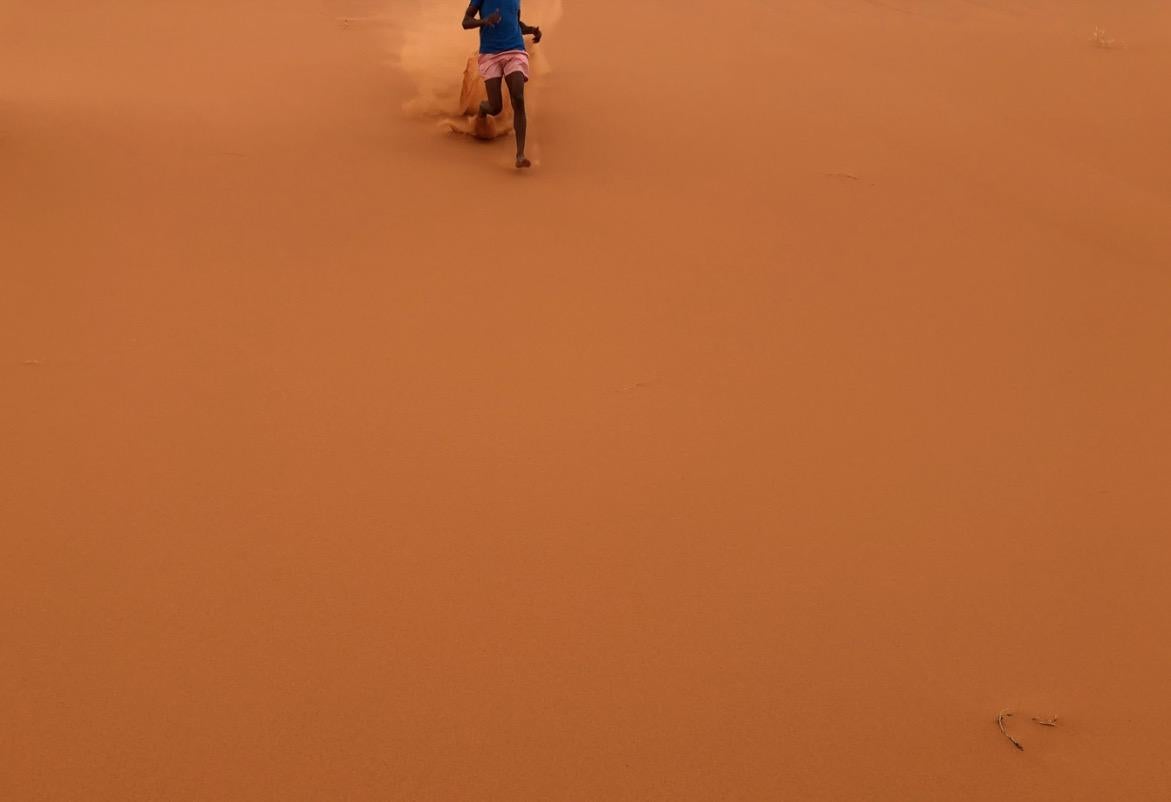How to shoot a film, or just better Instagram videos, on your iPhone
Whether you’re using the X or an older model, there’s a lot of fairly simple things you can do to achieve a cinematic look

Your support helps us to tell the story
From reproductive rights to climate change to Big Tech, The Independent is on the ground when the story is developing. Whether it's investigating the financials of Elon Musk's pro-Trump PAC or producing our latest documentary, 'The A Word', which shines a light on the American women fighting for reproductive rights, we know how important it is to parse out the facts from the messaging.
At such a critical moment in US history, we need reporters on the ground. Your donation allows us to keep sending journalists to speak to both sides of the story.
The Independent is trusted by Americans across the entire political spectrum. And unlike many other quality news outlets, we choose not to lock Americans out of our reporting and analysis with paywalls. We believe quality journalism should be available to everyone, paid for by those who can afford it.
Your support makes all the difference.The swift rise in the spec of smartphone cameras has opened up the possibilities for directors and made them legitimate filmmaking tools, with Damien Chazelle using one to test footage on La La Land’s opening traffic jam dance spectacle, and Sean Baker exclusively using three iPhone 5s to shoot his award-winning film Tangerine (albeit with a few lens adaptations).
Frederic van Strydonck is a filmmaker who shoots video exclusively with his iPhone. He’s been doing this for seven different models now and also runs workshops on filmmaking with smartphones. Here he talks about his working methods and shares some tips to help improve your footage:
CH: You’ve been experimenting with using iPhone in film for a while now, what draws you to this method/equipment?
FvS: I’ve worked with many professional film cameras. While all of them are fantastic tools, the moment I started playing around with the camera app on my iPhone, I felt a sense of excitement I hadn’t really felt before. It brought me back to that feeling of being a kid holding crayons for the first time. I lost all pretence of being a “serious filmmaker” (which was incredibly liberating) and since have become much more creative and less afraid of taking risks.

It’s exciting, right, because kids with an interest in films can screw around with making fun montages and shorts at a much earlier age now and with less money involved.
I think it’s wonderful. Recently, I was playing with some kids who had an iPad. They decided to make a short movie starring themselves. After about half an hour, they had completely edited a short film that demonstrated so much wit, and certainly a better understanding of how to construct a film than I had at their age.
These phones are designed in a way that allows you to forgo a lot of the technical know-how of filmmaking. All you are left with is your gut feeling. This means that a whole new group of people, like kids or technophobes, can now more easily experiment with filmmaking, play around with it, express themselves. It will be fascinating to see what the next generation will create as they grow up with iPhones and iPads.
It really will. Have you discovered a genre or type of scene/shot that a smartphone works best for? I’m thinking perhaps something action-orientated, where the shaking of a handheld camera fits the style.
I could easily talk about this for hours. However, one aspect of the iPhone’s camera that keeps surprising me is its flexibility and the freedom this gives you. Whether it is about fitting it in tiny spaces or dipping it into water...

Watch Apple TV+ free for 7 days
New subscribers only. £8.99/mo. after free trial. Plan auto-renews until cancelled

Watch Apple TV+ free for 7 days
New subscribers only. £8.99/mo. after free trial. Plan auto-renews until cancelled
...the iPhone is incredibly durable and will survive in conditions many other professional cameras wouldn’t...
And since so many people own one, you can easily film without getting noticed. The phone keeps teaching me new ways to use it.
This short film (not one of mine) you would not be able to make without a smartphone:
Have you found a way to mimic a Steadicam style shot, using either physical apparatus or stabilisation options in editing apps?
Applications such as the iPhone’s camera app or the more robust Filmic Pro have a very powerful stabilisation system. However, it does come at a cost of losing a small amount of image quality, so I only use it sparingly.
There is a multitude of alternate options, though. The DJi Osmo is a very popular stabiliser that works wonders. And the Beastgrip Pro is a rig that will give you a more stable grip on the camera. However, you certainly don’t need any of these. A helpful trick I often use when my footage is too shaky is that I start filming in slow-motion. This will smooth out all your jerky movements. Also, a somewhat obvious suggestion is to make sure your arms are in a comfortable position!
Here is an example where I used slow motion:
Even so, remember that there is nothing necessarily wrong with shaky footage. Plenty of filmmakers embrace it as part of their style.
I’m sure most people are aware of the iPhone’s slo-mo and timelapse options, but are there any other functions or tricks you’d recommend messing around with?
Again, I could go on forever here, but I’ll narrow it down to three tricks I haven’t seen many others talk about:
1. You can create quite trippy panoramic photos with the Pano function in the native camera app, if you are in a moving vehicle, such as a train, metro or even an escalator. Instead of moving your arm, let the movement of your mode of transport trick the camera into taking a panoramic shot. The results are often unpredictable and fun.
2. If you are an iPhone user with a dual-lens camera: when recording video, you can create an instant cut from one lens to the other by pressing the 1x or 2x button. This can give your Instagram videos a bit more variety.
3. The newest iOS updates have given easier access to recording the screen of your phone.
Have you found significant improvements/useful new features on the iPhone X?
In terms of image quality, the X has much stronger low-light capabilities than the previous iterations of the iPhone. The colours it captures are also significantly more vivid (since getting this phone, I’ve barely used any colour grading). The phone is also considerably more powerful, which allows for much higher resolutions when filming slow-motion.
The most significant change, though, is definitely the lack of the home button. This further elevates the feeling that the phone is more like a magnifying glass or a window looking at your subject. And through that, you spend more time focusing on what’s in front of the camera, rather than the camera itself, which is fantastic.
What are the most common errors people make when shooting with a smartphone (besides the dreaded vertical video)?
It’s such a shame that most people only take photos and shoot video from one point of view: their chest area (ie, the area where you normally hold your phone). This doesn’t bring much variety to people’s shots. Additionally, people should avoid using the zoom at all cost. Only use it if you really, really, really need to. You will lose considerable amounts of image quality if you do. Instead, move around. Get closer to your subjects if you can. They usually don’t bite.
Can you offer 3 easy tips people can instantly employ to improve the footage they take on their iPhone?
1. If you want to improve your frame compositions, go into your phone’s Settings > Camera. Enable ‘Grid’. This will show guides on your screen when you are in camera mode. Using these lines will very naturally teach you how to improve your shots. Try lining the horizon up to one of the lines on the grid for example.
2. When lining up a shot, a good point to start with is to get down to the eye level of the subject you are filming. Let’s say you are filming your pet, try kneeling down to its eye level. This will create much more engaging images.
3. Get into the habit of taping the part of the frame you would like to be correctly exposed and in focus, then lock the exposure and focus. It always looks odd when the brightness of an image changes in the middle of your shot.
Join our commenting forum
Join thought-provoking conversations, follow other Independent readers and see their replies
Comments